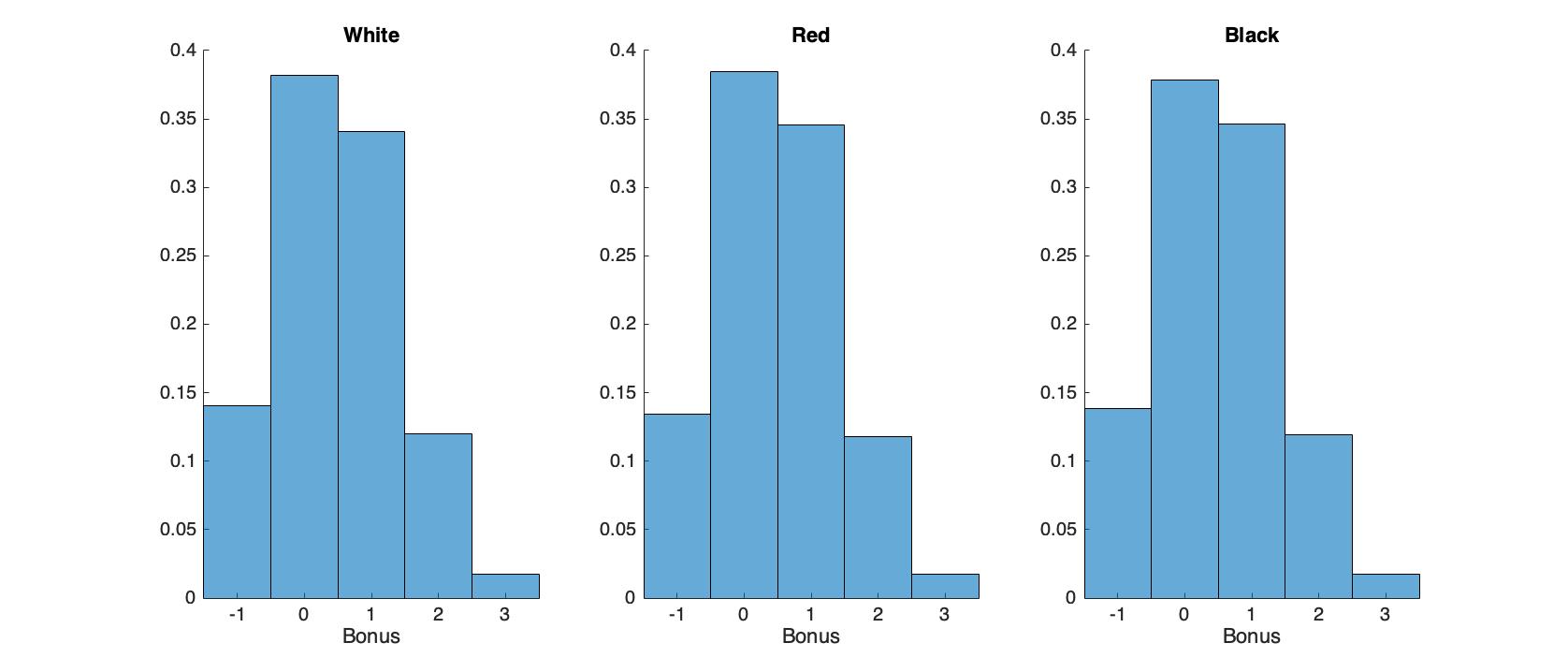I am about to DM Shadow of the Dragon Queen and I have almost finished reading the manual, to get the general idea of the adventure. To be honest, I feel that the setting depicted here does not feel too Dragonlance-esque, hence I am planning to add some features from previous editions, from Dungeon Master's Guild and maybe something homebrew.
The first add-on regards the Wizards of High Sorcery and the influence of the three moons on spells and magic. I have taken this mechanic from Tasslehoff’s Pouches of Everything from DM's Guild, whose inspiration was from the Dragonlance setting from the 3rd edition.
The Wizards of High Sorcery
The Wizards of High Sorcery are organized in three orders, White, Red and Black Robes, where, as one expects, White Robes are devoted to good, Black ones are evil and, ça va sans dire, Red Robes are neutral. The orders are not in competition, but they aim to preserve the magic on Krynn.
The Dragonlance pantheon presents three gods of magic, Solinari (good), Lunitari (neutral) and Nuitari (evil), each one represented by a moon orbiting around the planet of Krynn. Each moon influences the casting of the members of the related order, based on the moon phase, in the following way:
- High Sanction: +1 to DC and advantage to spell attack rolls
- Waning: no bonus/penalty
- Low Sanction: -1 to DC and disadvantage to spell attack rolls
- Waxing: no bonus/penalty
Each moon has a different revolution period, hence the phases have different duration:
- Solinari: 36 days period, 9 days/phase
- Lunitari: 28 days period, 7 days/phase
- Nuitari: 8 days period, 2 days/phase.
A visual inspection can be found here.
Moreover, the moons interact with each other: when two moons are in the same phase, they provide a +1 to the DC and advantage to attack rolls, and this adds up with other bonuses. So, for example, if Nuitari and Solinari are both in High Sanction, Black and White Robes get a +2 to DC and advantage to attack rolls. If Nuitari and Lunitari are both in Low Sanction, there are no penalties for Black and Red Robes. Finally, each year and a half1,2 the Night of the Eye takes place, where all the moons are in High Sanction and all the orders have a +3 bonus.
Simulations
I wrote a small program to simulate how many times White, Red and Black Robes benefit (or not) from the moons' interaction. I ran 500 different simulations on a 4-months period: the results are depicted in the plots below.
 Moreover, we have these statistics.
Moreover, we have these statistics.
- White Robes Modifiers:
| <0 | 0 | >0 |
|---|---|---|
| 14.03% | 38.20% | 47.77% |
- Red Robes Modifiers:
| <0 | 0 | >0 |
|---|---|---|
| 13.46% | 38.43% | 48.10% |
- Black Robes Modifiers:
| <0 | 0 | >0 |
|---|---|---|
| 13.83% | 37.84% | 48.33% |
We have hence that
- All the orders have around 50% of time a bonus, which, mechanically speaking, is like having from 2 to 6 points more on the spellcasting ability score.
- Very few times the casters get a -1 to their DC and disadvantage to spell attack rolls.
- Around 40% of time there are no modifications.
I ran simulations for larger periods of times, around 2 years: the plots and the frequencies do not differ so much.
Balance and game-playing issues
My concerns are the following ones:
Is it balanced with respect to the encounters? On one side, I like the fact of introducing an important piece of lore, but since spellcasters are already quite powerful I am doubting about the game balance. Of course, I will adopt this mechanic also for NPCs and enemies, but players will get the most benefit from this.
Is it balanced with respect to the rest of the party? My doubt is that this is a good improvement for arcane spellcasters, mainly for wizards3, but I fear that this will make players of divine casters4 and fighters feel a little bit undermined. It is true that magic on Krynn is really powerful, from a lore perspective, but I do not want to ruin the game for the players.
1 On Krynn the year has 12 months, each month has 28 days.
2 Actually, my simulations show a much higher frequency for the Night of the Eye. The fact that the Night of the Eye seems to take place every year and a half comes from the periods of the moons, whose least common multiple is 504. Since a year lasts 336 days one has that the Night of the Eye occurs every 504/336=1.5 years, but actually this is not true. I am working on the math.
3 I'd like to remain faithful to the original setting, where sorcerers, warlocks, artificers were not completely on topic in the Dragonlance setting, but I may change my mind depending on what classes the players desire to have.
4 During the 3 centuries after the Cataclysm and during the War of the Lance, true clerics and paladins are practically absent on the continent, but the players might be the heroes that bring back divine power and magic to the world.
